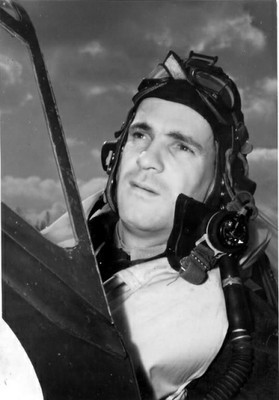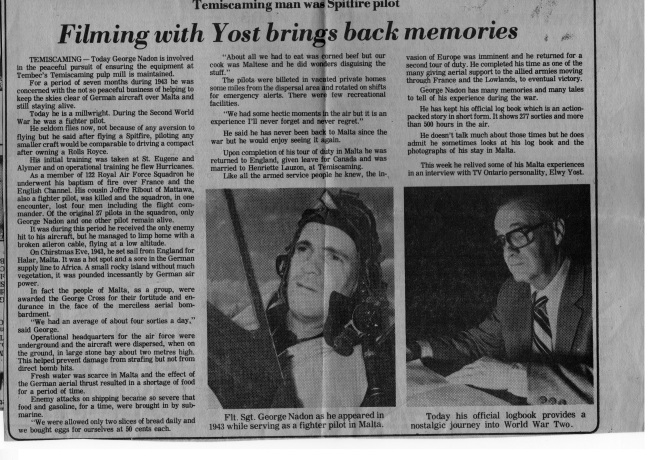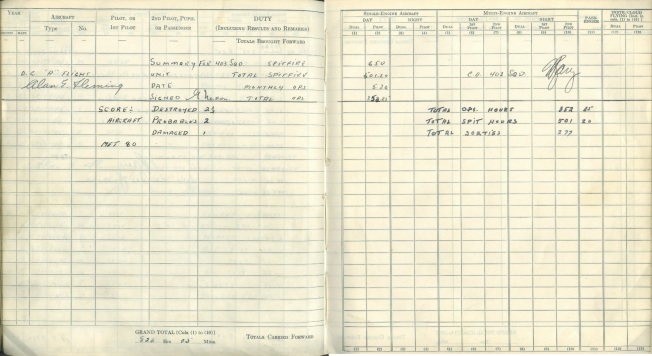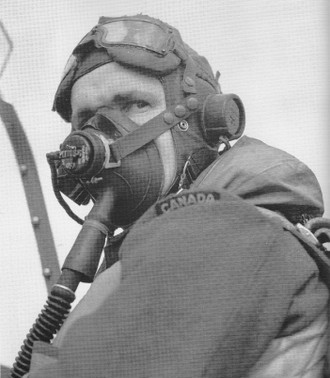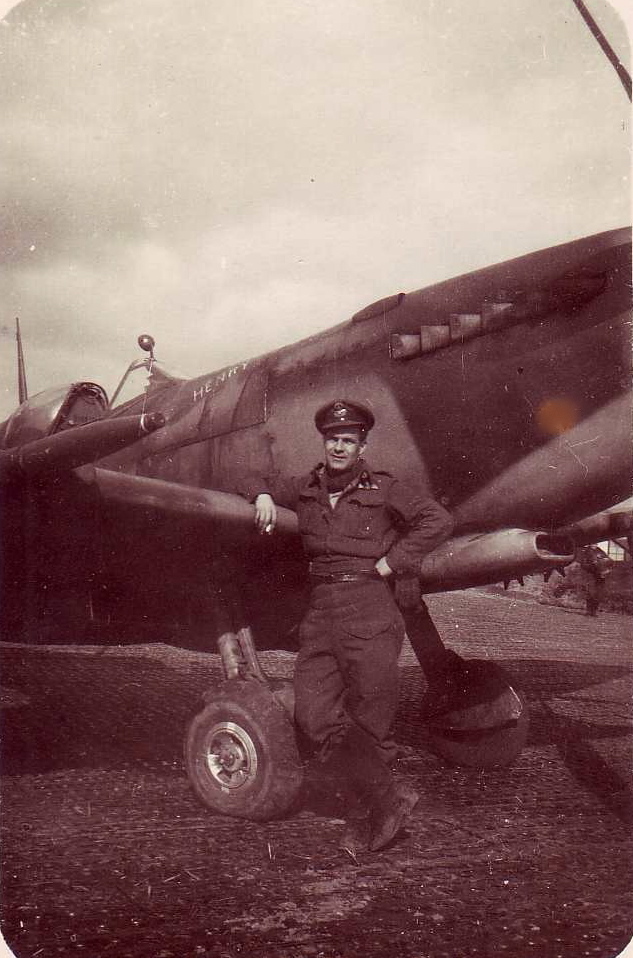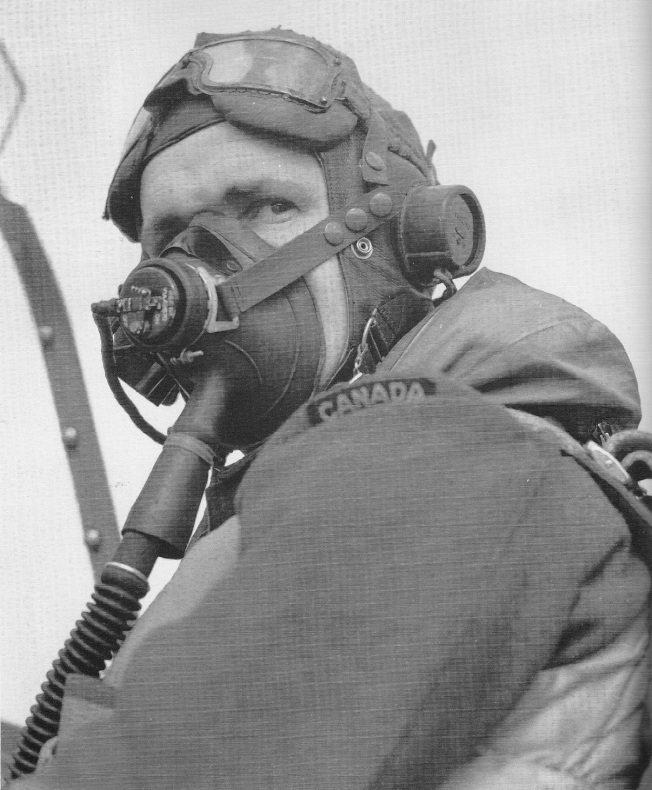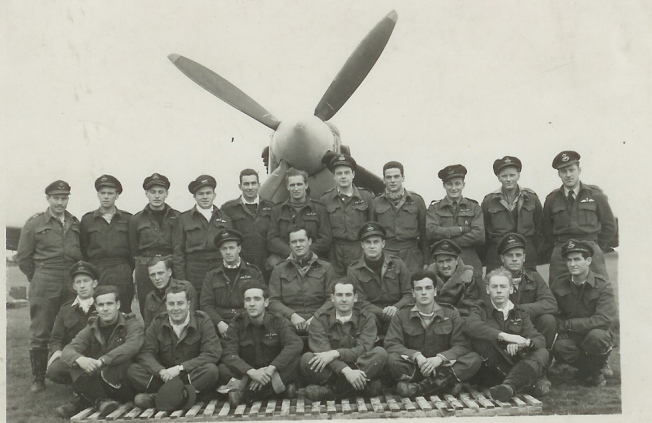I wonder if I should be posting this article this morning…
I know I have been demanding quite a lot of reading lately from my readers. People reading this post would probably be asking themselves these few simple questions…
Why would someone start writing about WW II in the first place since 2009, and why he is writing another blog this time paying homage to a French-Canadian Spitfire pilot who had been immortalized by this picture taken at RAF Hornchurch in May 1942?
He has to be related somehow!

IWM
Nope…
Georges and I are not closely related.
Maybe we share the same sense of humour.
So why am I writing a blog paying homage to a French-Canadian Spitfire pilot who had been immortalized by this picture taken at RAF Hornchurch in May 1942?
It’s quite simple…
Because Georges Nadon’s daughter wrote a few words in a comment on my blog dedicated to RCAF 403 Squadron which has close to 400 posts written since 2011…
What a lovely picture for those times.
This slideshow requires JavaScript.
People reading what I just wrote are probably scratching their heads and wondering why someone would write so much since 2011 about a RCAF squadron during WW II?
Simple, because back in 2011 the grandson of Walter Neil Dove, an English-Canadian Spitfire pilot, shared with me scanned images of his grandfather’s logbook and his photo album. That’s how the blog RCAF 403 Squadron came into being.
People curious enough would then be asking themselves how I met Greg Bell, Walter Neil Dove’s grandson?
Quite simple…
Because I was staying in a B&B in the Hamilton area when I went to visit George Stewart, a Mosquito pilot with 23 Squadron. The B&B owner told me his son Greg had all of his father-in-law’s war memorabilia and he asked me if I was interested in meeting his son…
How I got to meet George Stewart, a Mosquito pilot with more than 1000 hour flying time in a Mosquito who did 50 missions in WW II and later trained Chinese nationalist pilots in 1948?
Do you really want to know?
You can click here to read the first post I wrote in 2010 about 23 Squadron if you have time on your hands…
I am still not sure if I should be posting this article this morning, and if I am going to write it also in French for people who can’t read English, or just send them to view this video on You Tube about a Spitfire pilot who shared his war memories.

